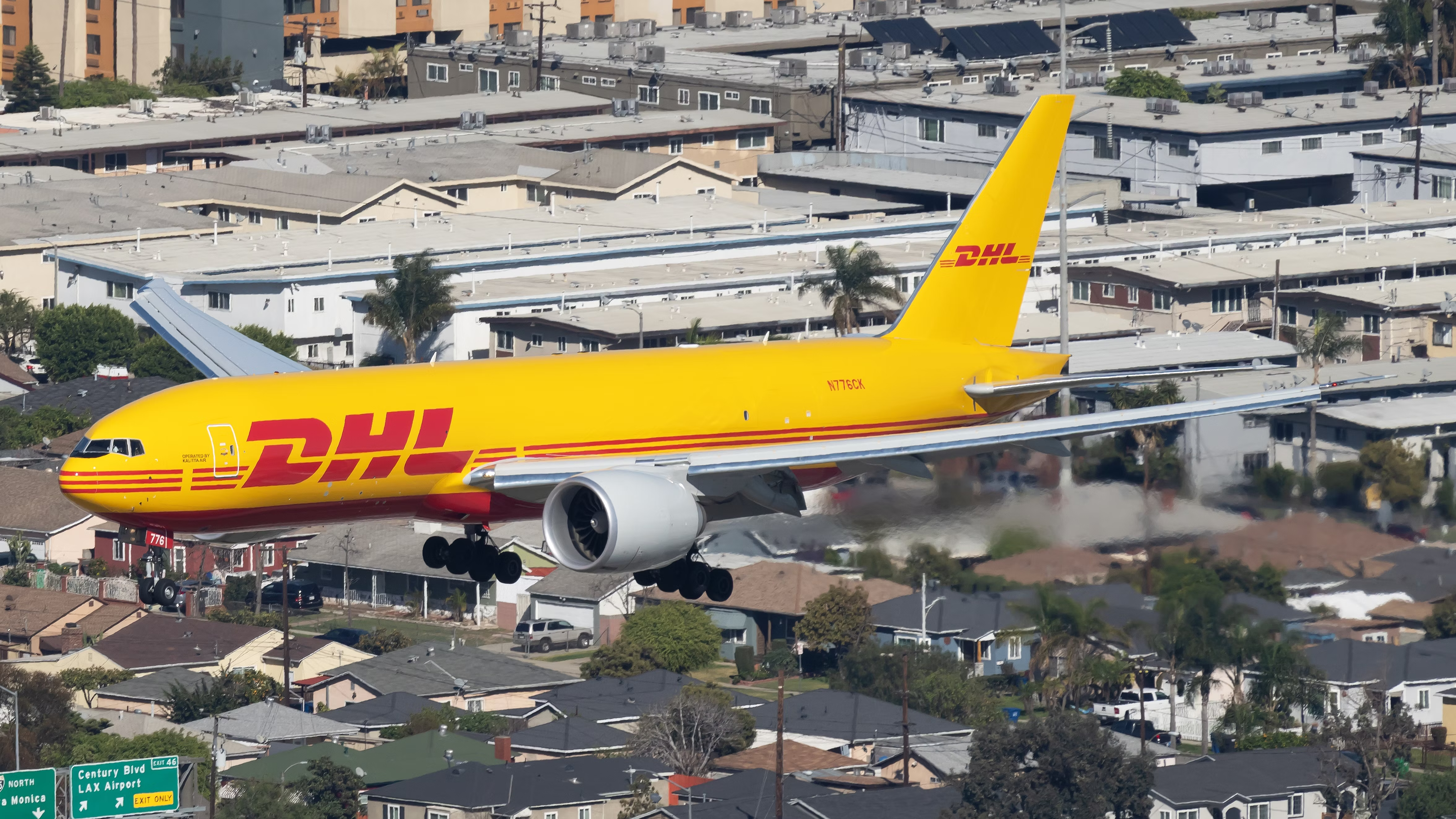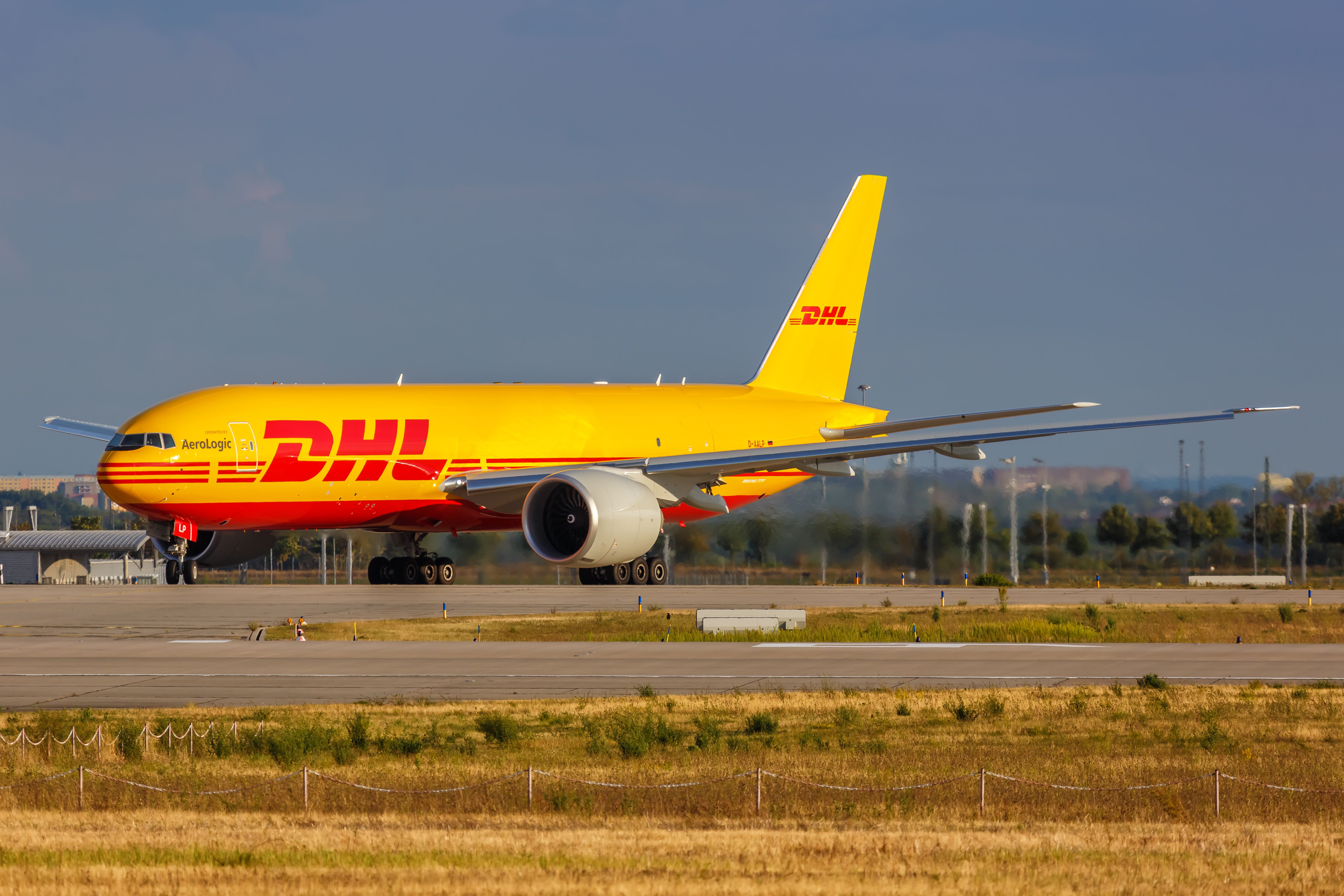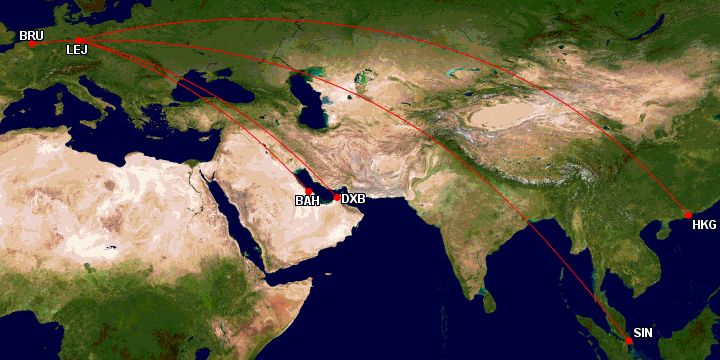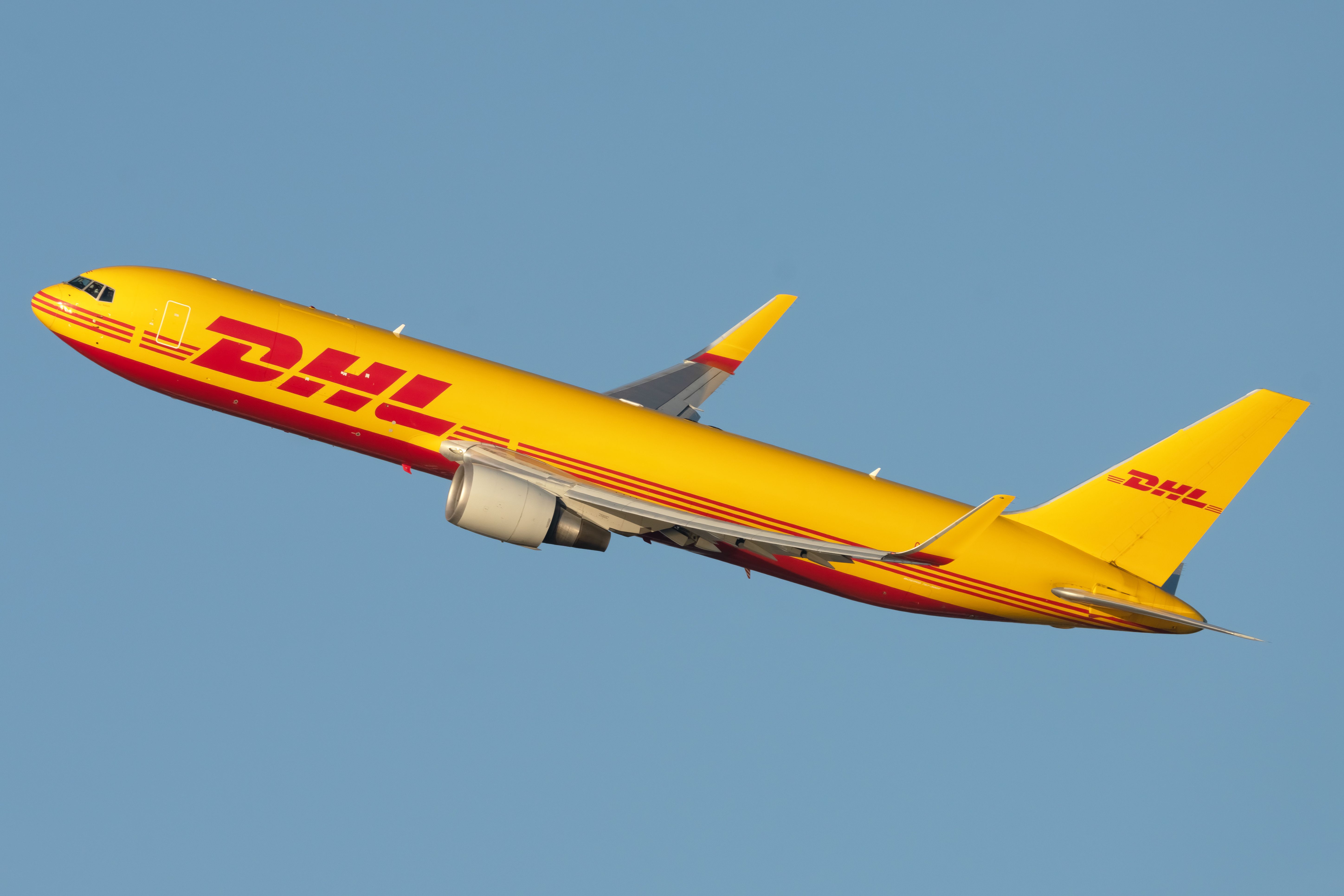Summary
- DHL, FedEx, and UPS focus on night flights for efficiency and maximum utilization.
- Older aircraft with lower utilization rates are common in Europe and North America’s cargo-integrator airlines.
- DHL plans to integrate long-haul planes into short-haul operations to increase efficiency and capacity, given the difficulties in renewing the European fleet.
DHL is the third-largest cargo airline in the world, after UPS and FedEx, and is the second-largest air freight operator by global market share. All three airlines prioritize operations in the late evening and early morning, which is typical of an integrator (companies providing end-to-end air express transport, including by air and land).
Night operations are key as they facilitate next-day deliveries. A wave of cargo aircraft arrivals comes in, at which point packages can be reloaded onto other aircraft that operate to various destinations. This connection strategy allows cargo airlines to maximize efficiency and ensure planes don’t depart empty.
For instance, if a cargo operator were to fly from Dubai (UAE) to Budapest (Hungary), it’s unlikely that the flight would be full. Instead, cargo airlines opt for a flight from Dubai to a European hub, such as Leipzig in DHL’s case, followed by a short-haul service to Budapest. That way, services from other destinations, both long-haul and within Europe, can also help feed the shorter leg.
Older aircraft come down when the sun is up
Cargo airlines tend to use relatively older aircraft, which, in some cases, are acquired cheaply. This allows for an overall lower utilization rate, operating primarily and often exclusively during the night. Speaking to Simple Flying, DHL’s Public Affairs Director in Brussels, Lorenzo Van de Pol, explained:
“Our planes on our European networks are basically parked during the day they do one flight to a hub and then maybe one or two flights out of the hub so they don’t have a very high utilization rate. That is true for the European network, mostly.”
Availability of cargo aircraft is an important issue that DHL and its competitors face. Contrary to passenger airlines, new cargo aircraft are not readily available. For instance, a direct replacement to the A300 does not exist, with the closest option being the A330, which offers 20% more capacity – which is not always needed.
Photo: Vincenzo Pace | Simple Flying
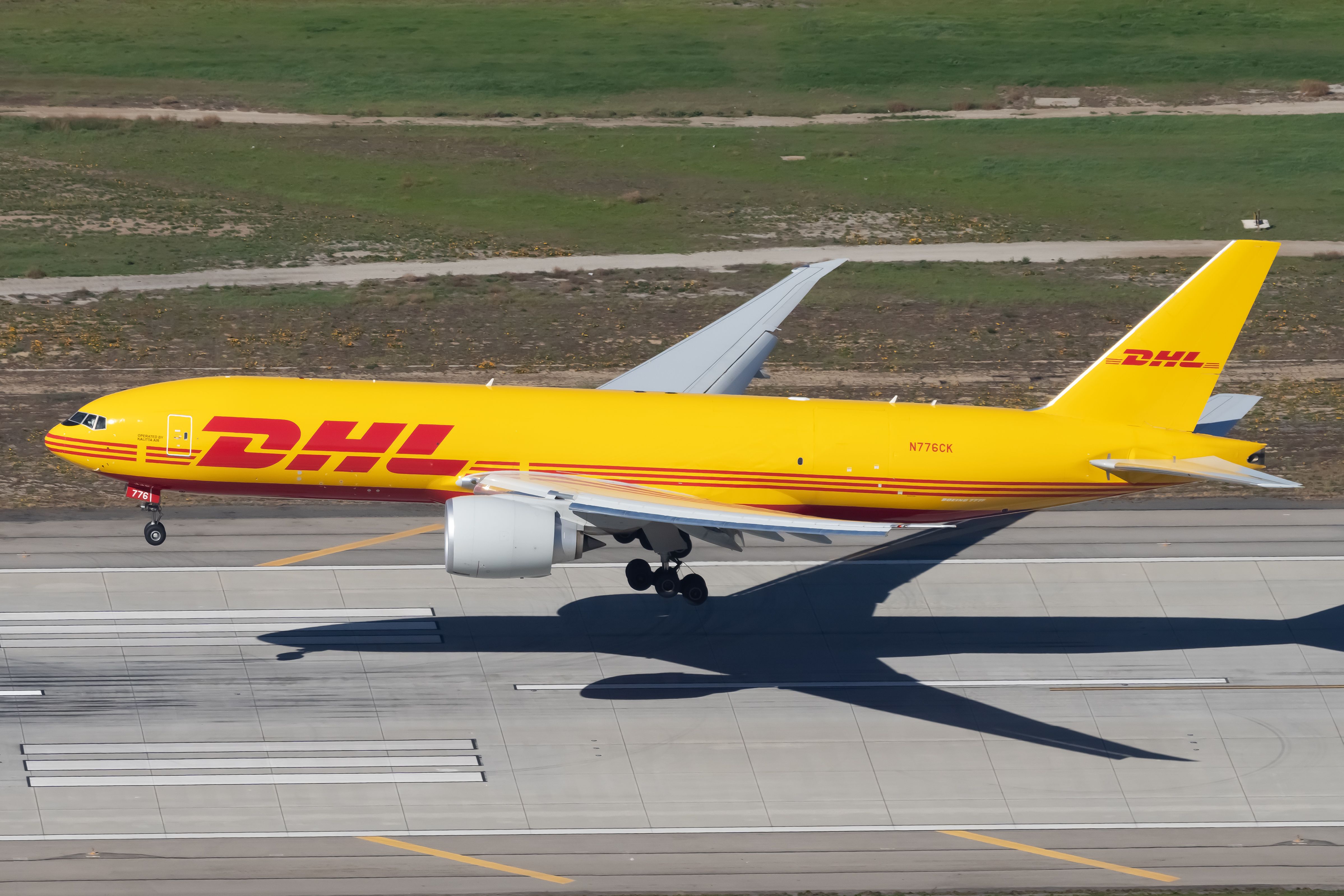
Timesaving: Why Airlines Operate Overnight Flights
Here’s why low-cost, full-service, and cargo airlines all operate flights between 22:00 and 07:00.
The short to medium-haul cargo fleet worldwide is fairly old. Looking at the three big express airlines – FedEx, UPS, and DHL – a number of aircraft stand out as unusual, rare, or non-existent fleet types compared to passenger airlines. Simple Flying picked out a few aircraft from each of the airlines based on data from planespotters.net.
|
DHL |
FedEx |
UPS |
|---|---|---|
|
Airbus A300 (~27 years old) |
Airbus A300 (~29 years old) |
Airbus A300 (~22 years old) |
|
Boeing 737-400 (~32 years old) |
MD-11 (~31 years old) |
MD-11 (~30 years old) |
|
Boeing 747-400F (~23 years old) |
Most passenger airlines’ aircraft in the region do not exceed the 30-year mark. Yet relatively older and sometimes cheaper aircraft form the backbone of the European and North American express freighter network.
Fleet renewal
There will inevitably come a point where older aircraft are simply too costly to operate, which will far outweigh any benefit. Renewing the short-haul fleet is a bit of a challenge, however, given the lack of aircraft availability mentioned above. Fleet renewal is not an issue on the intercontinental front, however. Van de Pol explains why:
“We obviously also have an intercontinental network and there we see that the utilization rate of these aircraft is obviously much higher. We’re seeing that when we buy new aircraft we obviously use them most on these long haul routes where there’s just a high utilization rate.”
Planespotters.net shows that the DHL Group fleet, consisting of a wide range of airlines, operates 30 Boeing 777 aircraft, for instance. These modern, latest-generation planes offer significant amounts of cargo capacity.
“Here it becomes interesting because there are some parts of our network designed in a way that we can also use them [the widebodies] for our European night flights. To give you an example, we have an AeroLogic 777 leaving at 11:30 at Brussels Airport and when it flies to Leipzig it already takes some cargo for Asia. Once landed in Leipzig, it continues to [destinations like] Bahrain, Dubai, Hong Kong and Singapore.”
Intercontinental and short-haul symbiosis
The AeroLogic 777, for example, demonstrates how a long-haul aircraft can effectively be used on short-haul flights. This is particularly important given the growing operational restrictions at some of DHL’s key airports in Europe, including Brussels.
“We’re trying to achieve more and more [despite these restrictions] because our fleet is increasing as well. We want to see how we can find these interactions between our long haul routes/intercontinental network and our European network while trying to reduce noise as well.”
Photo: Vincenzo Pace | Simple Flying
“For instance if we have a flight in from the United States on DHL Air UK – which mainly flies 777s and 767s, which are the more modern cargo aircraft – how can we then design the network in a way that then we can have this leg to East Midlands that is perhaps currently flown on an A300 but in the future flown by the 777 or 767. Therefore, designing the network in a way to see how we can better use this newer generation intercontinental or long haul aircraft.”
Regarding the possible timeline, Van de Pol admitted that this is not an easy feat.
“So these are exercises we’re working and it’s obviously very complicated. It’s not by tomorrow that we will be able to design our network completely like this; probably not I will tell you. But these are options that we are investigating to see how we can increase efficiencies in the area.”
Noise restrictions limiting growth
DHL’s job as a cargo operator is becoming increasingly difficult with the rise of noise restrictions at airports across Europe, North America, and Australia. At Brussels Airport, a recently issued environmental permit limits future growth at night. A similar story is also in play at Amsterdam’s Schiphol Airport and Cologne, Toulouse, Bordeaux, and Paris Charles de Gaulle.
“This sort of debate [between noise complaints and the need for growth] is something we’ve had for the past 25 years already so it’s definitely not new. What we are noticing now is that we’re seeing these conversations in more and more airports, even where there never were problems before.”
When asked about the possible solutions to ever-increasing night restrictions, DHL pointed to the importance of the so-called Balanced Approach procedure, enshrined in EU law and is an officially adopted International Civil Aviation Organization (ICAO) principle. The approach follows four steps:
- Reduction of noise at the source: largely through fleet renewal and other technological advancements
- Land-use planning and management: including not building homes under flight paths, insulating rooftops
- Flight procedures: adjusting flight paths and routes to reduce or fairly and better distribute noise
- Operating restrictions: the imposition of limits on flights as a “last resort”
What do you think of widebody freighters on short-haul routes? Let us know in the comments below.

